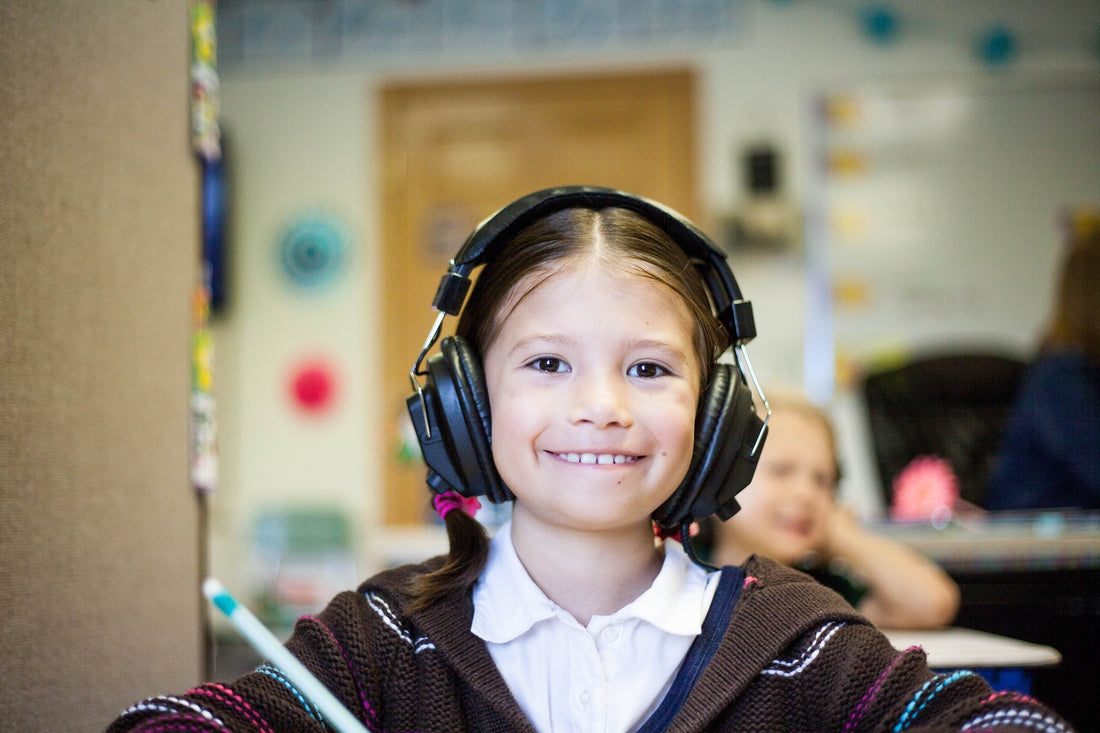
What Ingredients In Kids' Toothpaste Should You Look Out For?
Share
There are numerous brands of toothpastes on the market. How do you choose which option is best for your child? It can be overwhelming and with the impressive marketing and branding, you may find that you trust the package that is most attractive without paying as much attention to its ingredients. I have been guilty of this. Before reaching for what is most appealing, consider reading the list of ingredients first to be sure you are choosing the best option for your little one.

Here's what to look for when choosing a toothpaste:
Possible Allergens
If your child has allergies, read the label of the toothpaste packaging to be sure there are no active or inactive ingredients that could lead to an allergic reaction. Some toothpastes have dyes added to them for coloring. If your child has an allergy or sensitivity to dyes, you may want to avoid purchasing a toothpaste that includes them.
Fluoride or No Fluoride?
There is much controversy around fluoride. Fluoride that is added to toothpaste is intended to be used in limited amounts, such as a smear (size of a grain of rice) or pea size, depending on your child’s age. According to research and the American Dental Association, if your child ingests only the amount that is recommended for use for their age, fluoride is not considered harmful. Continue to promote spitting out toothpaste with your child each time they brush. It takes a while to fully understand and grasp this concept, but with practice, they will get there faster!
If you choose to avoid toothpaste options that contain fluoride, look for ingredients such as xylitol and calcium phosphate which are promoted for having an anti-cavity mechanism of action.

Triclosan
Triclosan is known for preventing bacterial contamination. However, it is no longer being added to toothpastes in the United States as it poses risks to human health. It is safest to choose a toothpaste that does not include Triclosan in its active or inactive ingredients.
Sodium Lauryl Sulfate
Sodium Lauryl Sulfate (SLS) is a detergent that is known for its foaming agent. This ingredient can have negative effects on the mouth. SLS has been shown to increase the risk for stomatitis, or mouth sores.
Sugar-Free
Be sure the toothpaste you are purchasing does not contain a sugar flavoring agent. Sugar leads to cavities and has the opposite effect of what you want when brushing. Sugar interacts with the plaque on our teeth and creates an acid. This acid is what contributes to cavity formation. Xylitol is a natural sugar alcohol and sugar substitute that has been researched in dentistry to promote its oral health benefits. A natural, sugar-free flavoring agent can help make the toothpaste taste better, therefore children are more likely to be interested in using it.

If you are having a hard time choosing a toothpaste that you feel is safe for your child, don’t hesitate to do some good quality research. Look for scholarly articles that have scientific and evidence-based data on the topic of interest. Some countries, such as the US, even help consumers feel safe with the products they choose by offering a seal of acceptance. As an example, the ADA Seal of Acceptance is the leading mark of dental product safety and efficacy. Also consider looking into whether the toothpaste product you are interested in has undergone clinical trials. This can help you learn more about what you are purchasing and if you believe it is the best option for your home.
Written by: Kristen Cockrell, RDH, MSDH
Kristen is a Pediatric Registered Dental Hygienist with a passion for preventive dentistry and oral health education. In addition to working full-time as a hygienist and mother to two young boys, Kristen is an oral health expert with Grin Natural.
